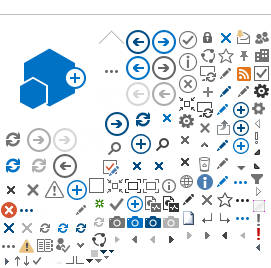Carbohydrates, Proteins, Fats, and Blood Sugar
Overview
The body uses three main nutrients to function—carbohydrate, protein, and fat.
- Carbohydrate is the nutrient that most affects your blood sugar.
- Protein and fat do not raise blood sugar as much as carbohydrate does.
Planning meals and snacks with a good balance of carbohydrate, lean protein, and healthy fat can help you manage your blood sugar.
Work with a dietitian or diabetes educator to find a plan that works for you.
What happens to your blood sugar when you eat?
The bloodstream carries blood sugar (glucose) to provide energy to cells throughout the body. The blood sugar is produced when you digest carbohydrates and other foods.
After a meal, your blood sugar level goes up as carbohydrate is digested. The rise in blood sugar tells the pancreas to release insulin into the bloodstream. The insulin carries the blood sugar out of the blood and into your body's cells. The cells use the blood sugar for energy. As sugar moves from the blood into the cells, your blood sugar level returns to a normal between-meal range.
When blood sugar drops too low, the level of insulin goes down and other cells in the pancreas release glucagon, which helps bring blood sugar levels back up to normal.
Credits
Current as of: April 30, 2024
Current as of: April 30, 2024
